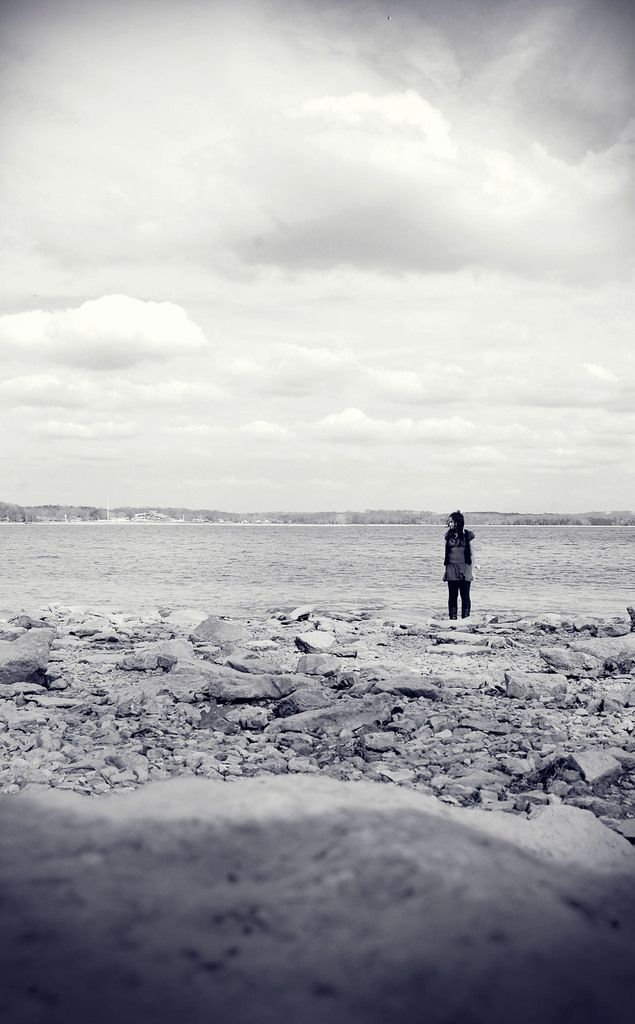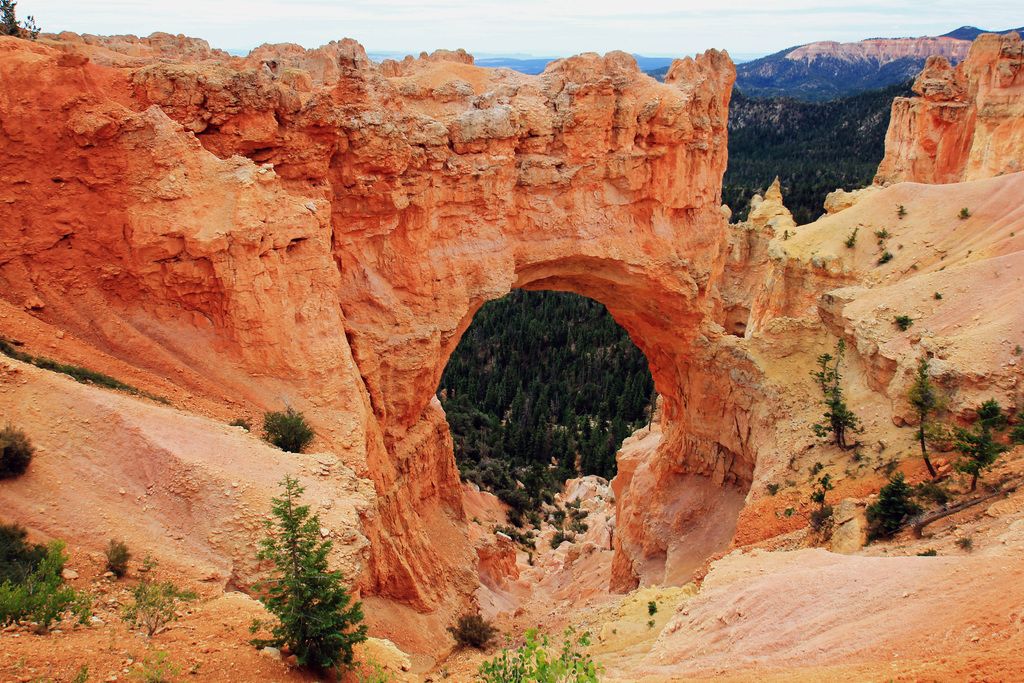Massive, elevated railway bridge, surpassing the height of the Eiffel Tower, inaugurated in India; £200million endeavor acclaimed as the nation's esteemed jewel.
Let's Talk About the Towering Chenab Bridge
The world's tallest railway bridge, standing a staggering 359 meters high, has finally made its debut - the Chenab Bridge. This colossal structure is made up of a whopping 30,000 tonnes of steel and is taller than the iconic Eiffel Tower.
India's pride and joy, hailed as "the crown jewel," was unveiled by Prime Minister Narendra Modi during his visit to Kashmir, marking his first trip to the region since the escalation of the India-Pakistan conflict in April. The opening of this magnificent bridge comes just a month after a tragic shooting in the resort town of Pahalgam, where 26 lives were lost.
Modi triumphantly waved the national flag over the bridge, declaring, "Pakistan will never forget... its shameful loss." He continued, expressing excitement about the event, saying, "Today's event is a grand festival of India’s unity and firm resolve."
The Chenab Bridge is a part of India’s ambitious £200 million project, designed to withstand winds of up to 165mph and endure high-intensity earthquakes. Stretching nearly a mile long, this bridge is one of the most challenging tracks in the world, as touted by Indian Railways.
The idea for this railway line was first floated back in 1892 by the Maharaja Hari Singh, who enlisted British engineers to survey the treacherous terrain. However, due to its complexity, the plan was shelved.
The railway line starts in Udhampur and winds its way through Srinagar, the main city in Indian-administered Kashmir, before ending in Baramulla, near the heavily militarized Line of Control that divides the Himalayan region between India and Pakistan.
The Chenab Bridge is the centerpiece of the £3.7 billion Udhampur-Katra-Baramulla project, which includes 36 tunnels and 943 bridges. This project aims to cut the travel time from Katra to Srinagar in half, benefiting the 16 million people who live in the Kashmir region, which is split between Indian-controlled and Pakistani-controlled areas.
The dispute between India and Pakistan over Kashmir, which began when India and Pakistan gained independence from British rule in 1947, has evolved into one of the world's most intense geopolitical rivalries. Tensions between the two nations recently escalated due to India's accusations that Pakistan was backing the Pahalgam massacre.
US President Trump stood in solidarity with India against terrorism following the Pahalgam attack, expressing his sympathies for the victims. In response, India launched "Operation Sindoor," striking nine targets across Pakistan and Pakistani-controlled Kashmir, prompting retaliation from Pakistan.
Historically, the Chenab Rail Bridge is part of the Udhampur-Srinagar-Baramulla Rail Link (USBRL) project, whose foundation stone was laid in 1983, and construction officially began in the mid-1990s. The bridge itself was declared a national project due to its strategic importance. Construction of the bridge began in 2017, with the main arch complete by April 2021, followed by the completion of the bridge in August 2022. The first trial runs took place in June 2024, and it was officially opened for rail traffic on June 6, 2025.
The Chenab Bridge represents an engineering feat amid complex geopolitical issues, serving as a crucial connection between Kashmir and the rest of India, boosting tourism, commerce, and economic development in the region. This monumental structure showcases the resilience, determination, and innovation that come to the fore in the face of adversity.
The Chenab Bridge, a significant part of India's £200 million project, is not only an engineering marvel, towering at 359 meters high, but also serves as a vital link for the business and finance sector by boosting tourism and commerce in Kashmir. The bridge's completion and operation have the potential to catalyze economic development in the region.





![Buses in Saxony-Anhalt Halt Operations Due to Strike Action (Archive Image) [Photo]](/en/img/20250610073349_image-description-sunset-beach-landscape.jpeg)
